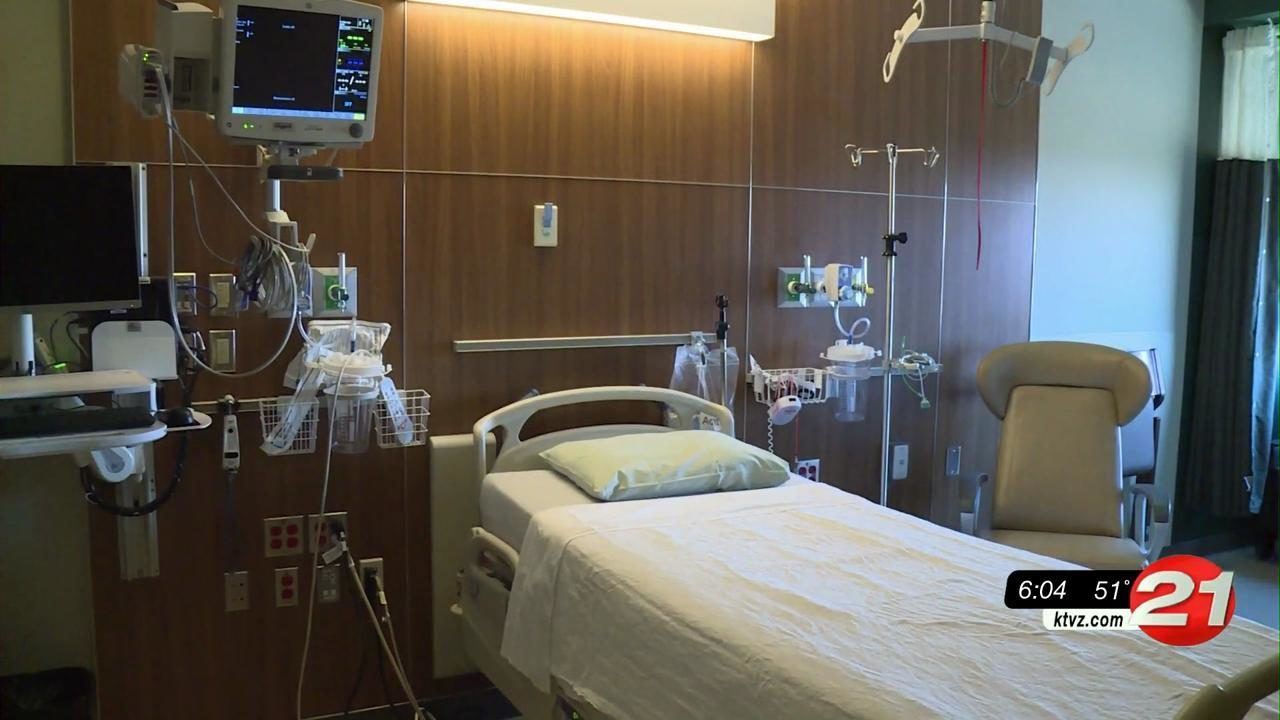Oregon hospitals’ capacity crisis reflected in Q2 financial data report

LAKE OSWEGO, Ore. (KTVZ) -- The impacts of the hospital capacity crisis created by the surge in infections from the Delta variant and a staffing shortage continued in the second quarter of 2021, according to a newly released financial performance report from Apprise Health Insights.
The Oregon Association of Hospitals and Health Systems issued a news release Thursday summarizing the report, which continues below:
Hospital patient visits from every category – inpatient, outpatient, and emergency room – showed an increase over the first quarter of this year. Many patients admitted to the hospital are very sick with COVID and are staying longer, continuing a rise that began with the start of the pandemic (up 11 percent when compared to 2019 levels). While such cases are contributing to revenue increases, any gains are offset by higher care costs for treating patients with more severe conditions.
Those longer hospital stays have a negative impact on Net Patient Revenue, which for the fourth quarter in a row fell short of Total Operating Expenses. Another major contributor to the rise in Total Operating Expenses is the high cost of labor (up 20 percent over the past three years).
Hospitals continue to report significant staff shortages as some health care workers are leaving jobs and others are taking time off due to illness, exhaustion, or stress. Hospitals report some recent success recruiting replacements, but incentives such as higher pay and sign-on bonuses are adding to expenses.
Apprise analysts expect these negative trends to become even worse in the next quarter, as case numbers and hospitalizations continued to break records through the summer. Hospitals are reporting staffing and bed shortages, the cancellation and deferral of thousands of elective (non-urgent but needed) procedures, and limited community placements after hospitalization leading to delayed care.
“The data tell the story of our overwhelmed hospital system, which has been pushed to the breaking point by the recent surge,” said Andy Van Pelt, CEO of Apprise Health Insights. “Adding to the stress of the staffing shortage taking its toll on patient care is the financial pressure from rising labor costs and lower Net Patient Revenue. We believe these trends will continue into the next quarterly reporting period.”
Median Operating Margins and Median Total Margins (which includes investment income) both improved in Q2 after declining for two consecutive quarters. However, further setbacks for hospitals’ recovery are expected in the wake of the rapid spread of the Delta variant between July and September of 2021, which will be in Q3’s data. Furthermore, other operating revenue, including grants and federal CARES Act funds, continues to show up on hospital balance sheets. Margin figures could be affected as hospitals finish their reporting requirements and those funds no longer appear.
For more details on the Q2 financial analysis, click here.
###
About Apprise: Apprise Health Insights is the most reliable and complete source of hospital data in Oregon. As the data subsidiary of the Oregon Association of Hospitals and Health Systems (OAHHS), Apprise staff have gathered and analyzed data about Oregon hospitals and health systems since 1985. We strive to provide data, tools, and expertise to help hospitals understand the healthcare landscape in the Pacific Northwest.